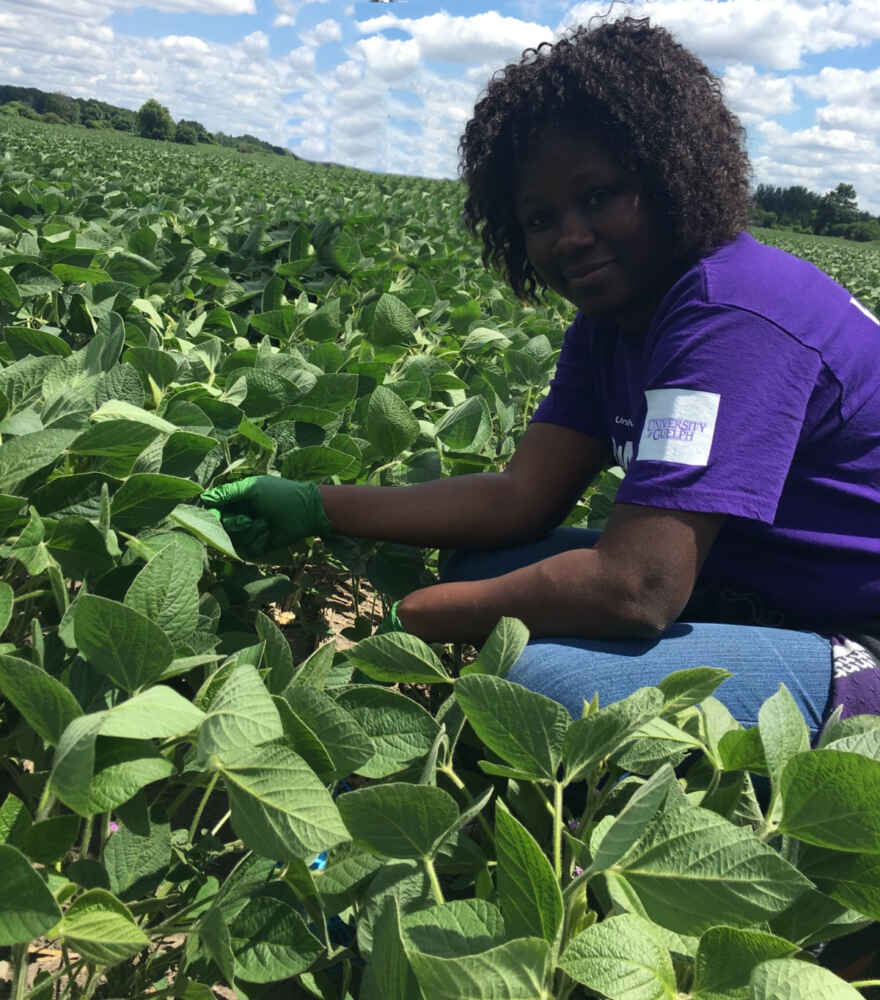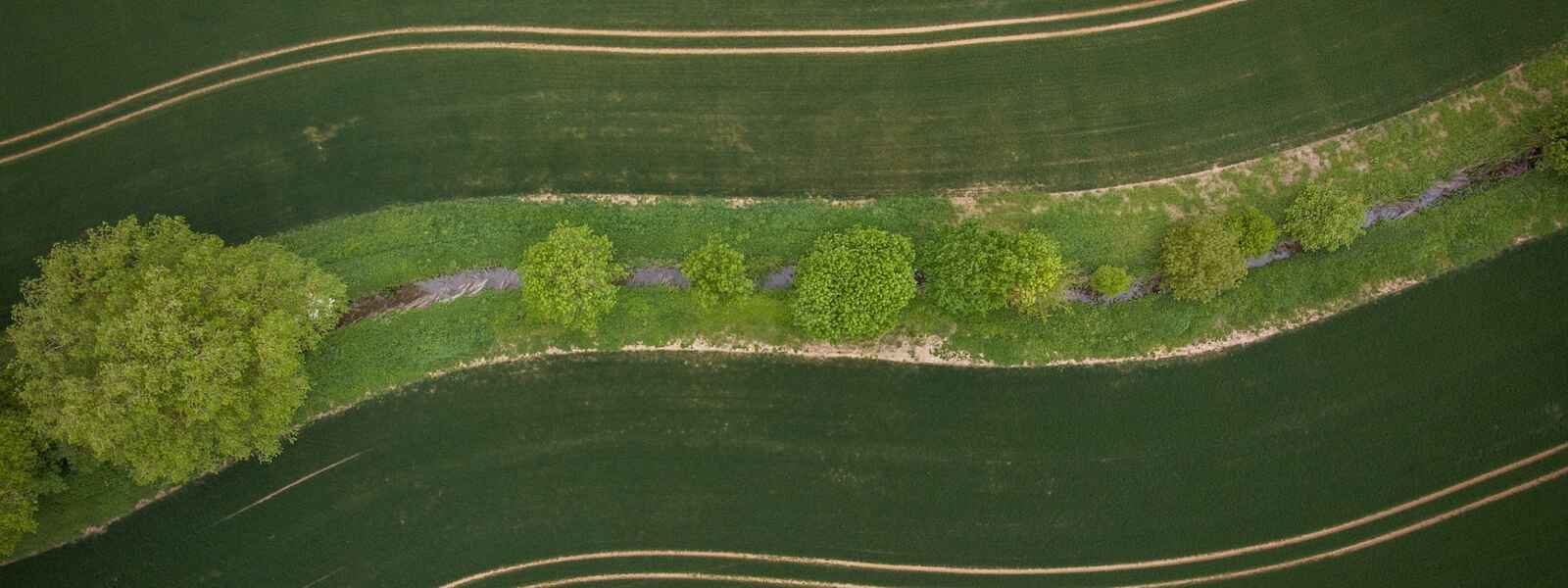Here’s a tip for landowners looking to limit emissions of the potent greenhouse gas methane: consider the moisture in your soil.
New University of Guelph research connects the amount of methane released from soil or locked in the ground with how wet the earth is. Basically, the wetter the soil, the higher the methane emissions, says Dr. Tolulope Mafa-Attoye, one of two post-doctoral researchers in U of G’s School of Environmental Sciences (SES) who co-authored the study.
Their research, published in Science of the Total Environment, points to ways that farmers can harness two kinds of naturally occurring soil microbes to limit greenhouse gas emissions.
The study may be especially useful for farmers in managing and designing riparian (river or stream) buffer zones on their property.
Soil a factor but not a cause of GHG emissions

As a greenhouse gas (GHG), methane is the one of the most potent. It is 25 times more harmful, molecule-for-molecule, than the most notorious GHG, carbon dioxide.
Among greenhouse gas sources is soil – but not all soils are alike. Their conditions depend on various environmental factors, including how receptive they are to sunlight and heat.
Previously, scientists assumed that riparian buffer zones alongside waterways, whether covered by forests or grasslands, would have a high soil moisture content. But Mafa-Attoye and Dr. Dasiel Obregon’s study, conducted with Dr. Kari Dunfield’s lab in the Ontario Agricultural College, concluded that this isn’t the case.

“Riparian buffers are really important to protect waterways from nutrient runoff from agricultural fields and they can increase biodiversity and sequester carbon,” said Dunfield. “Our research is trying to identify riparian systems that also minimize the amount of GHGs, particularly methane, that are released.”
The researchers looked at Mafa-Attoye’s earlier data on the other GHGs as well as soil DNA and RNA samples. (RNA is short for ribonucleic acid, which is found in all living things and similar to DNA.) They also examined results from studies conducted at Washington Creek, south of Plattsville, Ont., from spring to fall. They found coniferous or rehabilitated forests and grasslands whose soil is exposed to more sunlight and heat become methane sinks that absorb and retain the gas.
Soils in deciduous or hardwood forests, however, are sources of methane. Leaf litter and a high water table, said Mafa-Attoye and Obregon, keep the soil wet enough to provide microbes with their ideal conditions, no matter the time of year.
Previous studies have found the moisture and the organic carbon in soil drive methane emissions, but Mafa-Attoye and Obregon’s study concluded there are other factors at play.
Microbial action contributes to emissions

Those other factors are microbes, specifically methanogens that produce and release the gas to the atmosphere and methanotrophs that fix and hold methane in the soil.
Methanogens are anaerobic, meaning they thrive in oxygen-deprived environments, said Mafa-Attoye. In areas like a deciduous forest where a lot of water fills pore spaces in place of oxygen, the methanogens are more active, releasing more methane into the atmosphere.
In a coniferous or rehabilitated forest or a grassland, however, the methanogens are more likely to be dormant. The methanotrophs remain active, keeping methane trapped underground.
“The methanogens have the capacity to go dormant when the soil conditions aren’t favourable to them,” said Obregon. “But when the soil conditions become favourable, they wake up and start functioning again.”
This research may help farmers better manage and design their riparian buffer zones, say the researchers.
“For example, if you know you have a high water table and moist soil, then you should plant coniferous trees, or grasses, instead of deciduous trees to help with keeping greenhouse gas emissions low,” explained Obregon. “The point is to try to reduce the other factors that, combined with soil moisture, will favour methane production.”

What lies beneath affects what’s above, said Mafa-Attoye: “The microbes are doing all this work. You cannot underestimate them.”
This research is part of a collaborative project among the University of Guelph, the University of Sao Paolo, the University of Waterloo and the University of Toronto. The project is funded by Agriculture and Agri-Food Canada (granted to Dr. Naresh V. Thevathasan, SES), the Natural Sciences and Engineering Research Council (granted to Dunfield) and the São Paulo Research Foundation (granted to Siu Mui Tsai, Center for Nuclear Energy in Agriculture, University of São Paulo).
Contact:
Dr. Kari Dunfield
dunfield@uoguelph.ca
Dr. Tolulope Mafa-Attoye
tmafaatt@uoguelph.ca
Dr. Dasiel Obregon
dasieloa@uoguelph.ca
